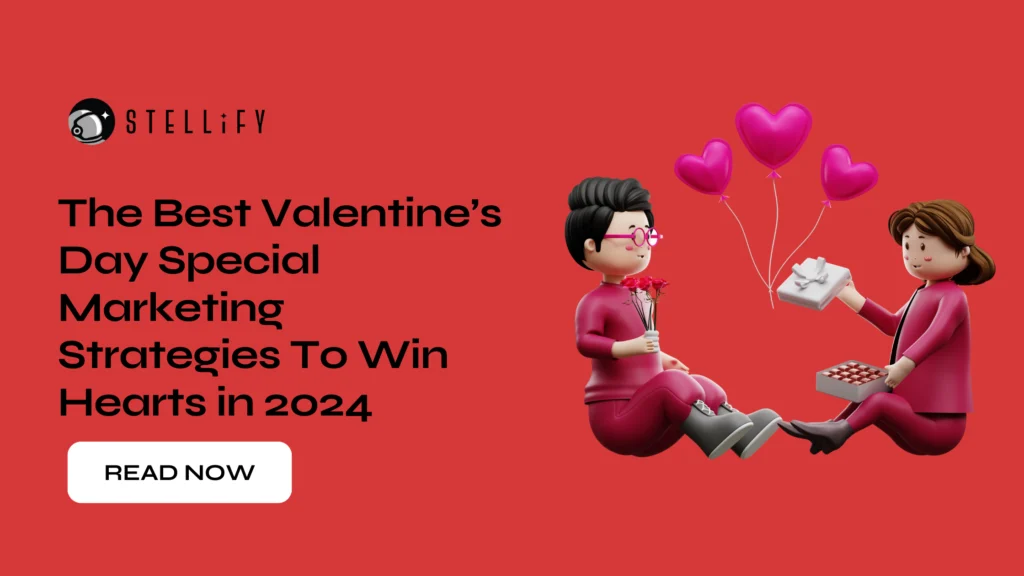- Nike – The “Equality” Campaign
Nike’s “Equality” campaign, launched in 2017, is a prime example of how visual design can make a significant social impact. The campaign aimed to address racial inequality and promote inclusivity through the lens of sports and athletics.
Nike’s visual identity for the “Equality” campaign was characterized by a striking black-and-white color palette. This choice symbolized the idea of equality by removing any distinctions based on race or ethnicity. The contrast between the two colors represented the stark divide caused by racial inequality and emphasized the need to bridge that gap.
The tagline “Equality Has No Boundaries” reinforced the brand’s commitment to social justice.
- Coca-Cola – “Share a Coke” Campaign
Coca-Cola’s “Share a Coke” campaign was not only a marketing success but also had a positive social impact. Launched in 2011, this campaign aimed to reconnect people by personalizing Coca-Cola bottles and cans with individual names.
Coca-Cola replaced its iconic logo on bottles and cans with popular names, allowing consumers to find their own names or the names of their loved ones on the packaging. This personalized approach created a sense of connection and belonging.
This made consumers feel that Coca-Cola was not just a brand, but a part of their personal story.
- Ben & Jerry’s – “Save Our Swirled” Campaign
Ben & Jerry’s “Save Our Swirled” campaign addressed climate change and the need for sustainable practices. The visual design featured melting ice cream cones to symbolize the impact of rising temperatures.
Ben & Jerry’s created visual cues that prompted consumers to take action by connecting their product with a pressing social issue.
The combination of striking visuals and strong colors effectively conveyed the urgency of the issue and engaged the audience on an emotional level. Phrases like “If it’s melted, it’s ruined” and “Scoop it while it’s cold” emphasized the importance of taking action against climate change before irreversible damage occurred.
- Airbnb – “We Accept” Campaign
In response to anti-discrimination issues, Airbnb launched the “We Accept” campaign, celebrating diversity and inclusivity. The campaign’s visual design featured images of people from various backgrounds and ethnicities, showcasing the idea of acceptance and unity.
The campaign’s visual design centered around a series of powerful images featuring diverse individuals from different backgrounds, ethnicities, and orientations. The photographs captured genuine moments of connection and friendship, highlighting the core message of acceptance and unity.
The campaign’s visual identity extended beyond static images. Airbnb produced a powerful video as part of the campaign, featuring real stories from Airbnb hosts and guests who had experienced discrimination in the past.
- Dove – “Real Beauty” Campaign
The Dove “Real Beauty” campaign is a prime example of how visual design can make a significant social impact. It challenged conventional beauty standards and aimed to promote body positivity and self-acceptance.
The campaign’s visual design included images of women of different ages, sizes, and ethnicities, highlighting their natural beauty.
The campaign’s tagline, “Real Beauty,” was prominently featured in clean and simple typography, emphasizing the core message and empowering individuals to redefine their perception of beauty.





